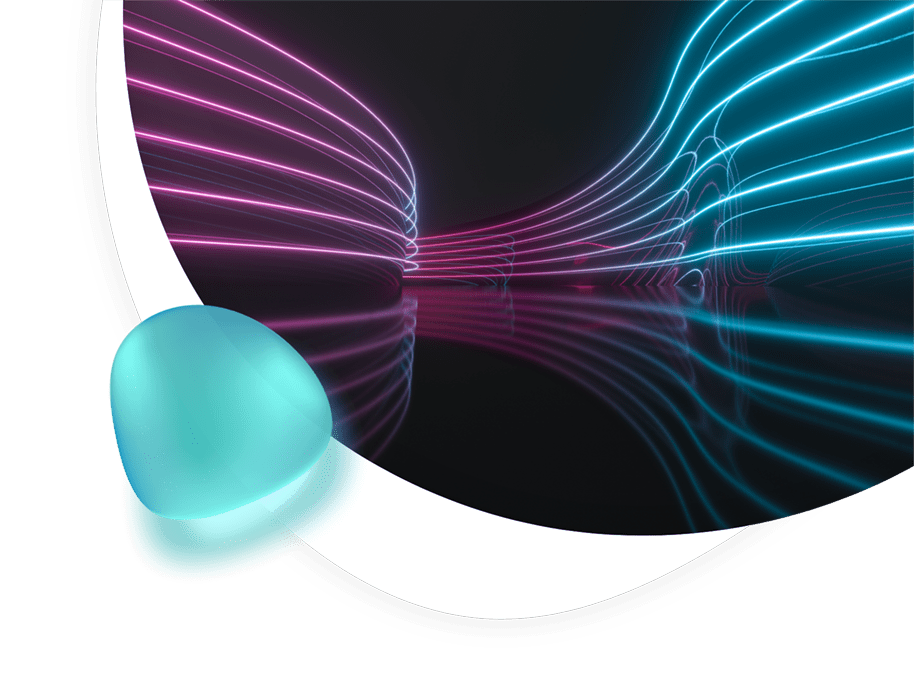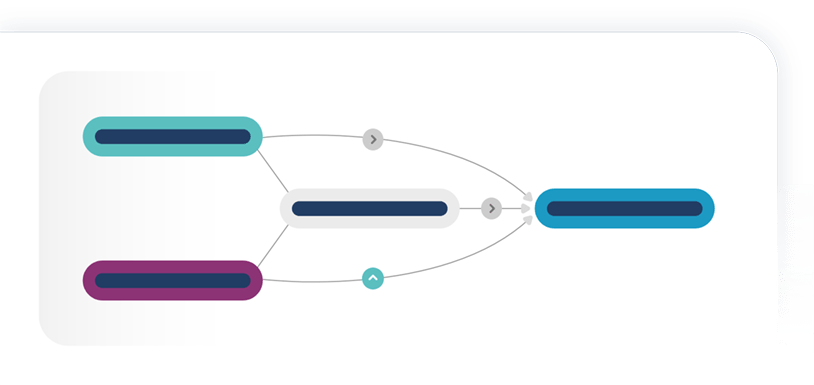
Xpert: Implicit influence test
Solution
Landscape
Strategy
Are you thinking about using implicit research to uncover what consumers truly think about your product? What if they’ve already shared their honest opinions? This Xpert Solution determines if it's the things they openly say (explicit attitudes) or their hidden feelings (implicit attitudes) that influence their decision to buy. These understandings allow you to concentrate your research on the attitudes that really make a difference.

Please note that this Xpert Solution report does not support summary downloads in .pptx or .xlsx formats.
- Methodological recommendations
Receive advice with regards to whether continued research with your product would be better suited focusing on implicit or explicit attitudes to push the needle on purchase intent. - Best practice with experimental design
By using a control group, you can be confident that best practices were used to determine if the creative material for your product is activating implicit interest in it.

This Xpert Solution begins by randomly assigning respondents to either a control or experimental group. Both groups are asked to complete a word-fragment puzzle activity, which serves as a measure of approach motivation; however, the experimental group completes the activity after reviewing the target product, while the control group is never introduced to the product.
Following this activity, respondents in the experimental group are asked how appealing they find the product, as well as their likelihood to purchase it.
The analysis portion begins by determining if reviewing the product information increases approach motivation by comparing the word-fragment results between the control and experimental group.
Following this, the experimental group is divided into two subgroups:
- Primed: Respondents who scored higher on the task than the control group
- Not primed: Respondents who did not score higher on the task than the control group
These two groups are then compared for how appealing they rated the product. This explores if the implicit approach attitude corresponds with the explicit appeal attitude. Following this, respondents are further classified by how appealing they found the product based on whether they provided a Top 2 Box rating or not.
These two steps have now divided the experimental group into four, organic groups based on whether or not they were primed, and whether or not they found the product appealing. The final analysis determines whether the implicit attitudes, the explicit attitudes, or a combination of both lead to higher levels of purchase intent. Based on these results, we’ll provide a recommendation for the best methods for future research on increasing purchase intent for this product.